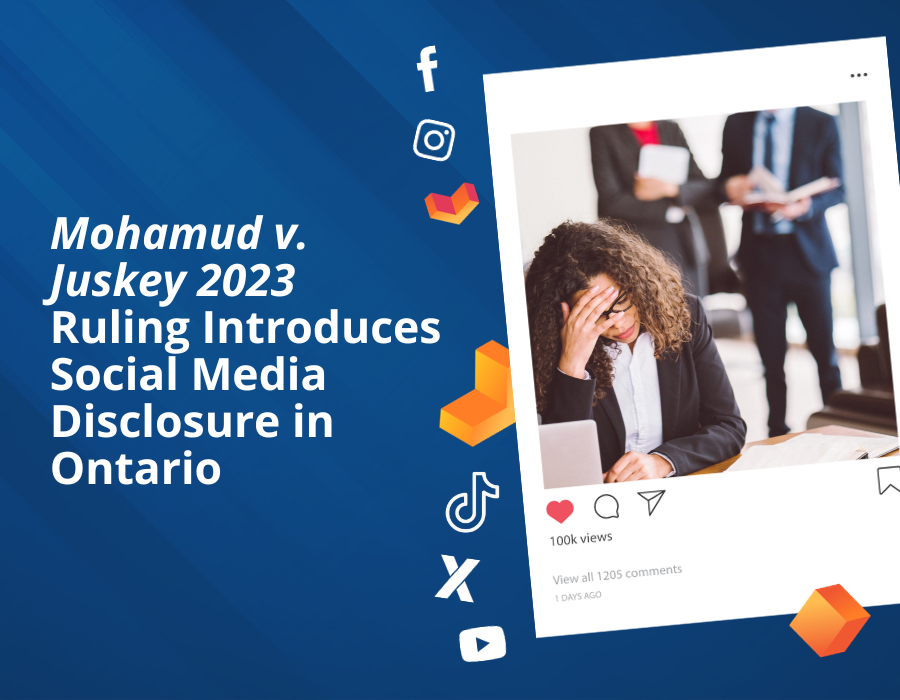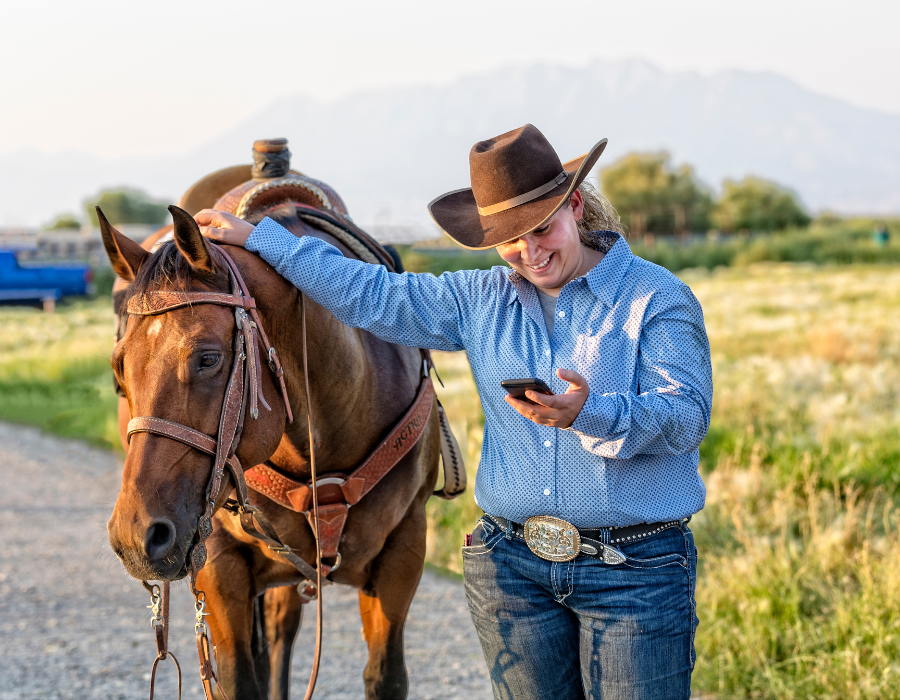Richards v. Hertz Corp. 953 N.Y.S.2d 654 (2012)
In Richards v. Hertz, the plaintiff claimed she sustained injuries in a motor vehicle accident that impaired her ability to play sports.
After finding a publicly shared photo on Facebook of the plaintiff skiing after the accident, the defendants sought to have the social media postings admitted as evidence. The photo in question led the defendants to believe that there may be additional relevant evidence on the plaintiff’s profile that was inaccessible with its current privacy settings.
However, because the profile also likely contained private information, it was ordered that the court conduct an “on camera” inspection of all status reports, emails, photographs, and videos posted on the plaintiff’s Facebook profile since the date of the subject accident to determine the relevancy of the postings while simultaneously respecting the plaintiff’s privacy.
It should be noted that New York has a comparatively liberal standard of discovery, and accordingly, this standard applies to social media evidence.
Social media is being used as evidence in personal injury cases and you can no longer ignore what your clients post online. Private Footprint is a powerful tool that allows lawyers to quickly view, organize, and make sense of the overwhelming volume of social media content generated by clients. You can easily monitor social activity for each client separately, flag specific posts, and quickly generate detailed reports which document your client’s lives before and after life-altering events.
Contact us today to learn more about Private Footprint and how you can start protecting the value of your files.




































